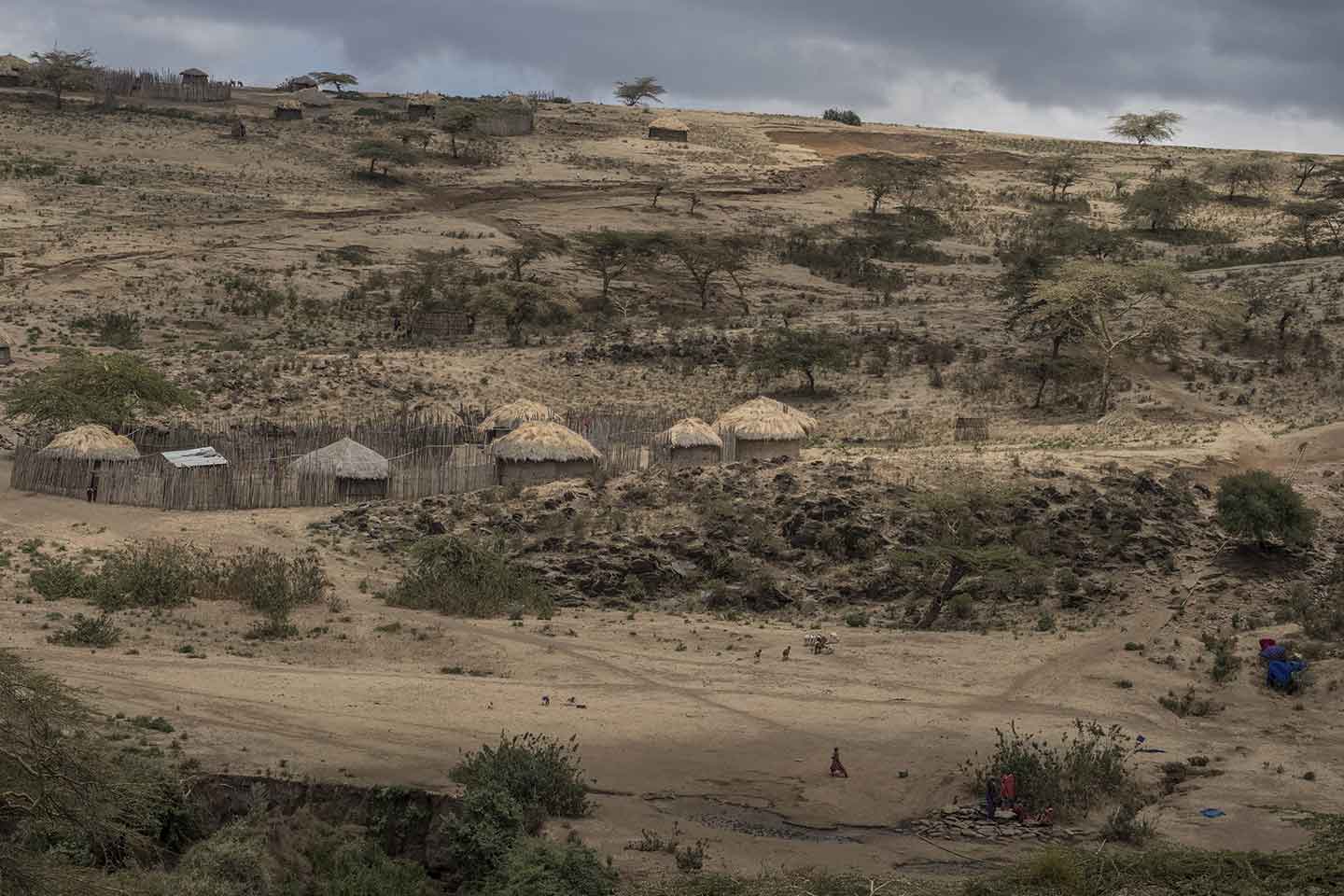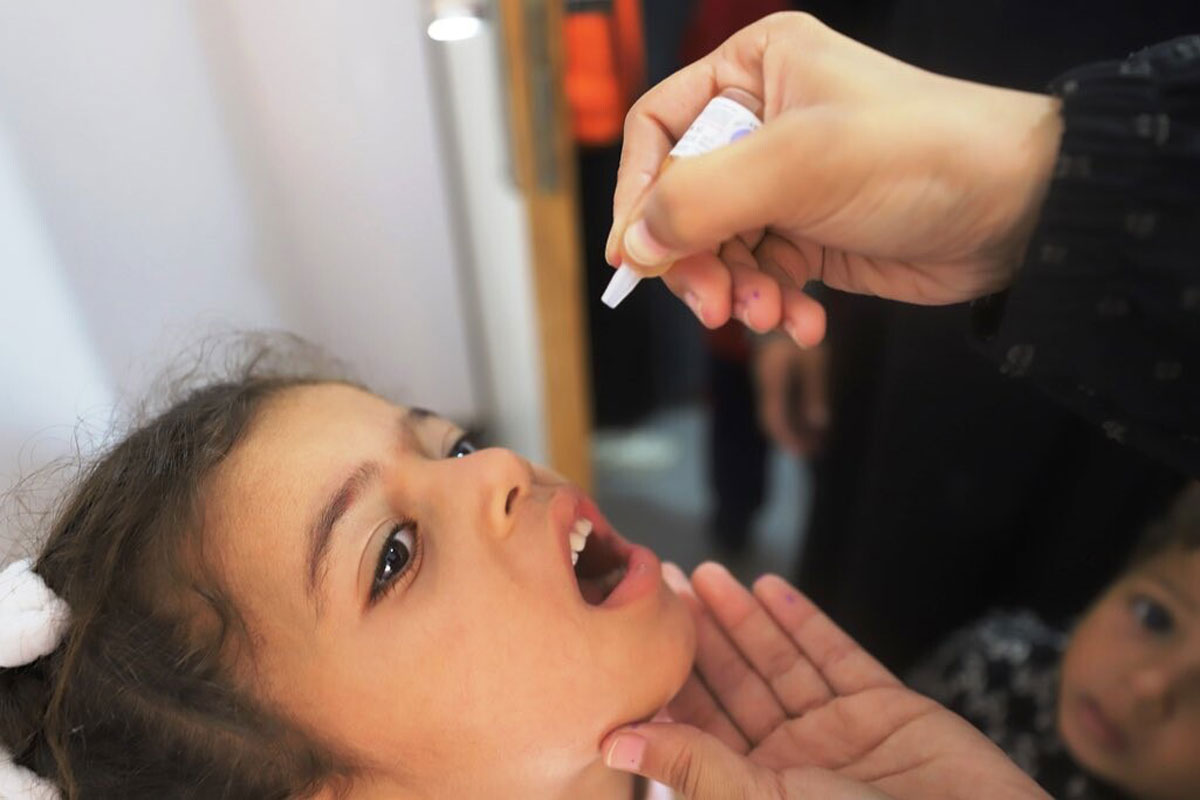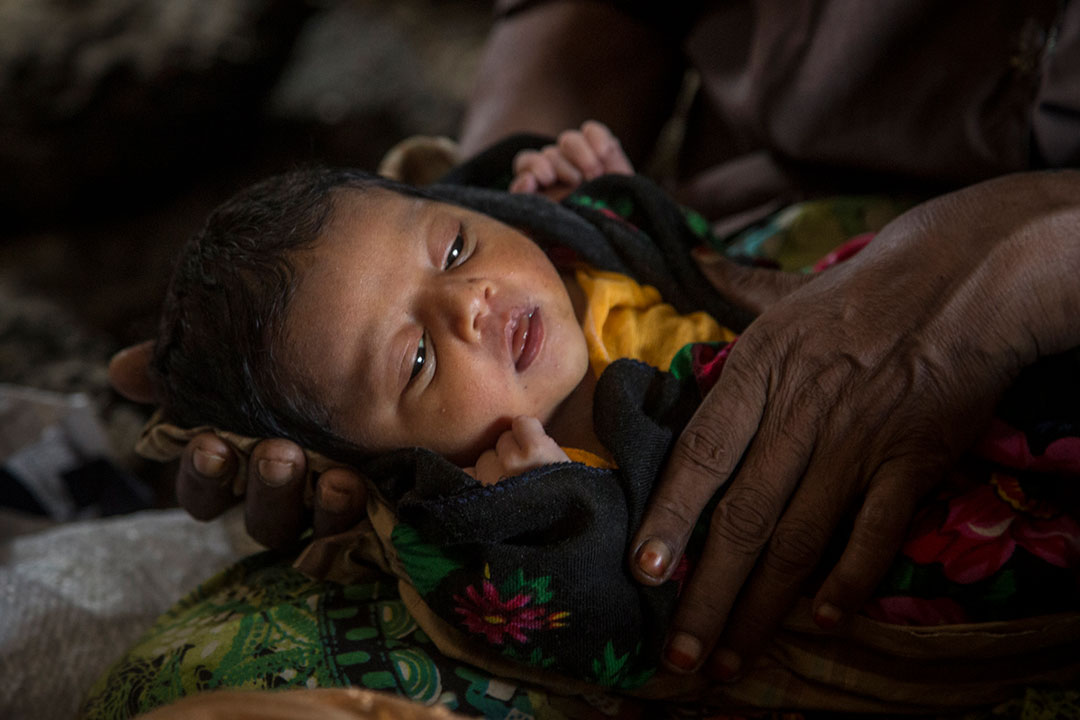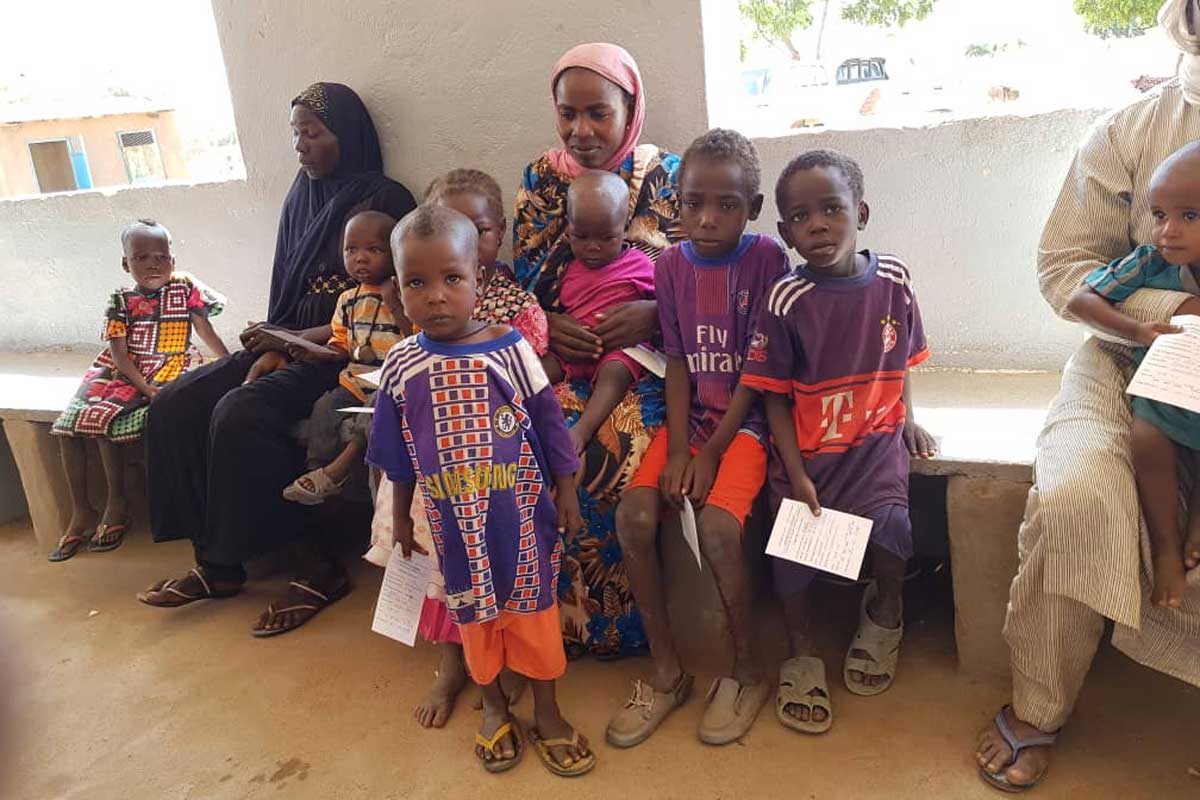More people could be put at risk from yellow fever because of climate change
We already know that climate change could lead to yellow fever potentially spreading to new habitats in Europe and the USA. But now new research suggests that it may also increase in intensity across Africa, putting many thousands more people at risk.
- 27 July 2020
- 3 min read
- by Priya Joi

Increased rainfall and hotter temperatures from climate change are likely to greatly extend the current range of mosquitoes. This means that yellow fever, a tropical virus mostly associated with Africa and South America, and which kills one in two people with severe disease, could soon threaten more people globally.
Climate change has long been seen to increase the burden of mosquito-borne diseases such as dengue and malaria. Warmer, wetter weather provides mosquitoes with larger habitats, and enables them to infest places they were previously unable to thrive in. There is already strong evidence that climate change will alter the habitat and global spread of Aedes aegypti, which will inevitably affect the way it transmits the yellow fever virus. Aedes aegypti might be able to reach as far north as Chicago and Shanghai by 2050. Now, a new model looking at the effect of rainfall and temperature on yellow fever transmission suggests that climate change could significantly increase the number of cases and deaths from the disease even in the places it already exists.
Yellow fever is transmitted in three different ways. In the ‘urban’ infectious cycle, the virus is spread from one human to another by Aedes aegypti mosquitoes and is responsible for explosive outbreaks, such as the one seen in Angola in 2016. Yellow fever can also be spread through a ‘forest cycle’, in which mosquitoes such as Aedes africanus or other species spread the disease from non-human primates to humans (this is called zoonotic transmission). These primates harbour the virus almost permanently as they are unaffected by it. Because of this mode of transmission, yellow fever cannot be eradicated, at least not without first getting rid of all mosquitos that transmit it. The third form of transmission – intermediate transmission or the ‘savannah cycle’ - is spread by a number of mosquitoes such as Aedes luteocephalus, who feed opportunistically on both humans and primates, spreading the virus that way.
However, the complexity of yellow fever transmission means that untangling the effect of different climate change scenarios on transmission as a whole is complicated, so in this modelling study the researchers mainly focused on Aedes aegypti mosquitoes as the main vector of spread from primates.
The four climate change scenarios each had varying rises in temperature from 1°C in the lowest to 3.7 °C in the highest. Similarly, they had steadily increasing levels of rainfall. The researchers then looked at these four scenarios in 2050 and 2070. Even in the ‘mildest’ scenario, there was a potential 11% increase in deaths in 2050 in the regions of Africa where yellow fever is endemic, compared with now. In the most extreme scenario, deaths increased by 25% in 2050 and 40% by 2070. The most striking increases in burden were in East and Central Africa.
In their modelling, the researchers assume that vaccination levels remain static from 2019 onwards, which they acknowledge may well not be the case. To adequately prepare for the effects of climate change, they suggest that vaccination continues to be prioritised as the gold standard for preventing yellow fever, and that, for comprehensive disease control and greater protection, investments in mosquito control should be enhanced so that the weight of disease control does not fall solely on vaccination programmes.
More from Priya Joi
Recommended for you









